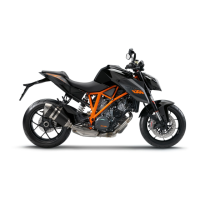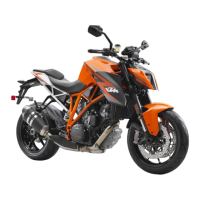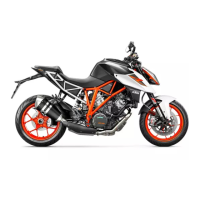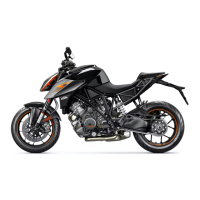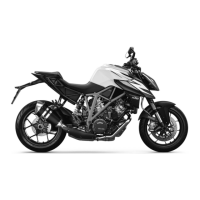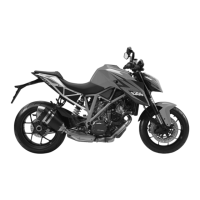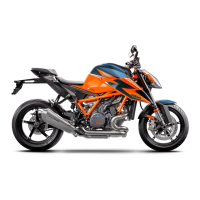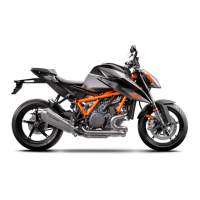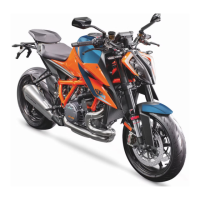What to do if the KTM Motorcycle engine turns but does not start?
- BBrittany AriasJul 31, 2025
If your KTM Motorcycle engine turns but doesn't start, consider these potential causes: * There may be a defect in the fuel injection system. In this case, read out the fault memory using the KTM diagnostics tool. * The fuel quality might be insufficient. Try adding suitable fuel.
